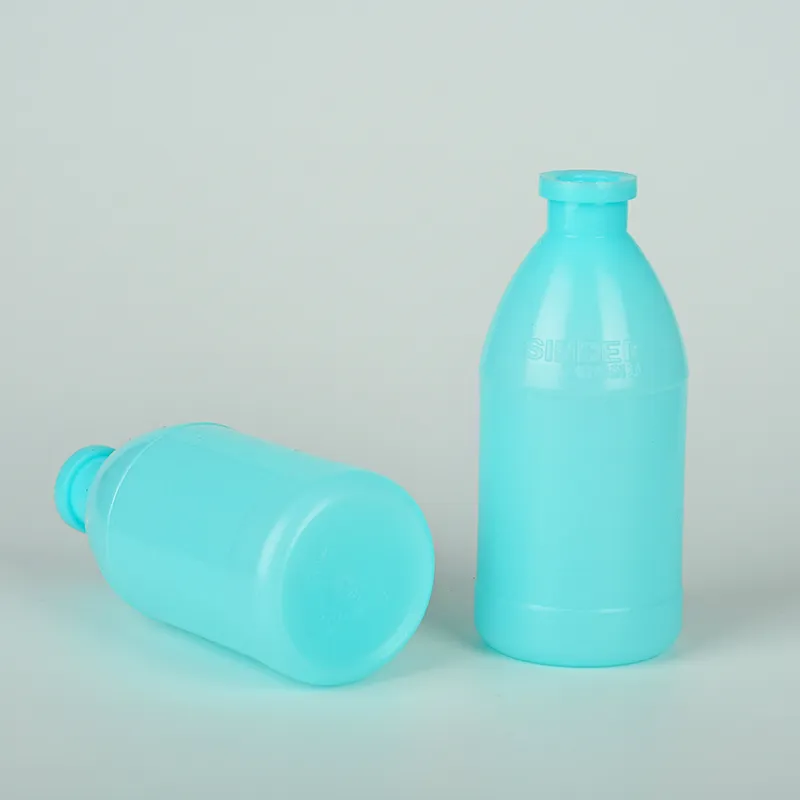Essential Supplies for Maintaining a Clean and Safe Laboratory Environment
Understanding Laboratory Cleaning Supplies Ensuring Safety and Efficiency
In any laboratory setting, cleanliness and organization are paramount. The nature of scientific work often involves chemicals, biological materials, and sensitive equipment, all of which require special attention to cleaning protocols. Proper laboratory cleaning supplies not only maintain the integrity of the laboratory but also ensure the safety of personnel, the functionality of equipment, and the reliability of experimental results. This article explores the essential types of laboratory cleaning supplies, their importance, and best practices for maintaining a clean lab environment.
Types of Laboratory Cleaning Supplies
1. Surface Cleaners Laboratory surfaces, including countertops, benches, and floors, require specific cleaning agents to eliminate contaminants. Surface cleaners designed for laboratories should be effective against a broad spectrum of pathogens and non-pathogenic dirt. They should also be compatible with laboratory surfaces, ensuring that they do not cause damage over time.
2. Disinfectants To prevent the spread of unwanted microorganisms, especially in microbiological labs, disinfectants play a crucial role. They must be tested and proven effective against the specific types of organisms present in laboratory environments. Common disinfectants include bleach solutions, quaternary ammonium compounds, and hydrogen peroxide formulations.
3. Glassware Cleaners Glassware is ubiquitous in laboratories and requires rigorous cleaning to avoid residue that can interfere with experiments. Specific glassware cleaning solutions, often available in concentrated forms, help remove chemical residues and can include acids or specialized detergents. Rinsing with distilled water is also critical to ensure that no tap water impurities are left behind.
4. Respiratory Protection Supplies Laboratory cleaning often involves the use of harsh chemicals that may pose inhalation risks to staff. Personal protective equipment (PPE) such as masks and respirators should be part of the cleaning regimen, particularly when using volatile cleaning agents. The importance of PPE cannot be overstated, as it serves as the first line of defense against chemical exposure.
5. Wipes and Towels Disposable wipes and cleaning towels are fundamental for quick clean-up tasks and surface disinfection. These should be strong enough to handle rigorous cleaning while being disposable to avoid cross-contamination. Alcohol wipes are widely used in labs for their quick evaporation and effectiveness against many pathogens.
6. Specialized Equipment For tasks that require more than just surface cleaning, specialized equipment such as ultrasonic cleaners and autoclaves play a vital role. Ultrasonic cleaners can effectively clean intricate glassware, while autoclaves are essential for sterilizing equipment and materials by steam under pressure.
Importance of Laboratory Cleaning Supplies
laboratory cleaning supplies

The importance of maintaining a clean laboratory cannot be overstated. Firstly, cleanliness supports a safe working environment. Contaminants can lead to chemical reactions, spills, and even hazardous situations. By using appropriate cleaning supplies, labs can reduce the risk of accidents.
Secondly, a clean laboratory ensures the integrity of scientific research. Cross-contamination can lead to false results and compromised experiments. Proper cleaning protocols and supplies help maintain the purity of samples and reagents.
Additionally, laboratory cleaning contributes to compliance with regulatory standards. Many laboratories operate under strict guidelines and regulations, such as those from the Occupational Safety and Health Administration (OSHA) and the Centers for Disease Control and Prevention (CDC). Regular cleaning and disinfecting can help labs remain compliant and avoid penalties.
Best Practices for Laboratory Cleaning
1. Develop a Cleaning Schedule Establishing a routine cleaning schedule ensures that all areas of the laboratory receive regular attention, minimizing the risk of contamination.
2. Train Personnel Staff should be adequately trained in the correct use of cleaning supplies and procedures to promote safety and effectiveness. Training should include knowledge of Material Safety Data Sheets (MSDS) for all cleaning chemicals.
3. Labeling All cleaning supplies should be clearly labeled with their contents and any hazard information. Proper labeling promotes safety and helps prevent accidents.
4. Monitor and Evaluate Continuous evaluation of cleaning practices and supplies can lead to improvements in laboratory safety and efficiency. Gathering feedback from laboratory personnel can highlight areas for improvement.
In conclusion, proper laboratory cleaning supplies and practices are fundamental to maintaining a safe and efficient environment for scientific research. By investing in the right supplies and adhering to cleaning protocols, laboratories can protect personnel, ensure the reliability of their work, and comply with regulatory requirements. A clean laboratory fosters a culture of safety and integrity, which is essential for the advancement of science.
-
Aesthetic Makeup Spray Bottles | Fine Mist Empty RefillableNewsAug.19,2025
-
White Plastic Veterinary Vaccine Vials | Lab Liquid BottlesNewsAug.18,2025
-
Plastic Medicine Liquid Bottle: Secure Flip Top Drug VialsNewsAug.17,2025
-
Durable 250ml Blue Plastic Vaccine Vial for Lab & Vet UseNewsAug.16,2025
-
Sterile Virus Sample Tubes: Secure & Reliable Specimen CollectionNewsAug.15,2025
-
White 250ml Plastic Vaccine Vial for Lab & Vet MedicineNewsAug.14,2025
























